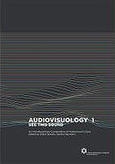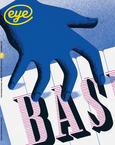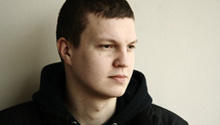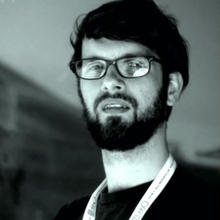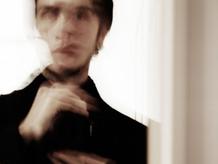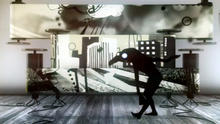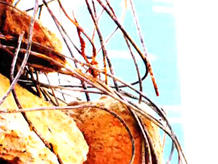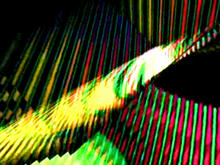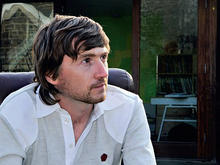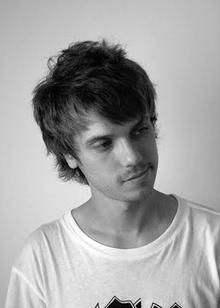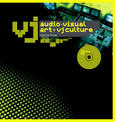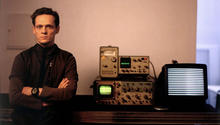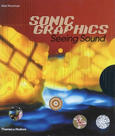Resonance
(2011)is a collaborative project with over 30 independent visual and audio designers and studios. The aim was to explore the relationship between geometry and audio in unique ways.
Animators and Audio Designers were paired up at the beginning of the project and were given the guidelines to create a piece between 12 and 20 seconds and in HD quality, the rest was up to them.
The film premiered at Barcelona OFFF2011.
Contributors:
SEE || Displace Studios and MoveMakeShake | Esteban Diacono | Heerko Groefsema | Jean-Paul Frenay | Jr.canest | KORB | Kultnation | Mate Steinforth | Matthias Müller | Momentary People | MRK | Murat Pak | Onur Senturk | Physalia studio | Polynoid | Spatial Harmonics Group | SR Partners | Thiago Maia | Tom Waterhouse | Tronic Studio
HEAR || Audionerve | Combustion | CypherAudio | David Kamp | Echolab | Hecq | Michael Fakesch | Mutant Jukebox | Radium Audio | Box Of Toys Audio | Studio Takt | World Gang
Source: Resonance website
